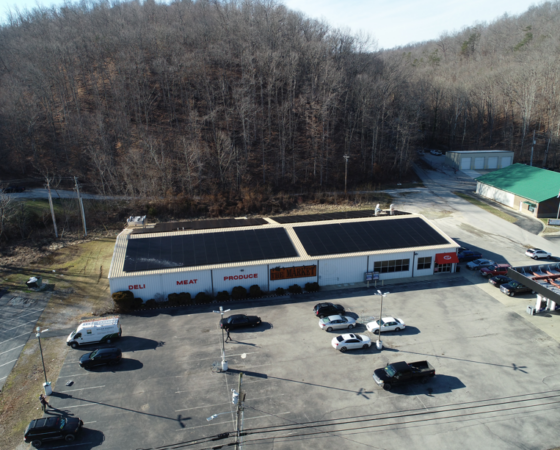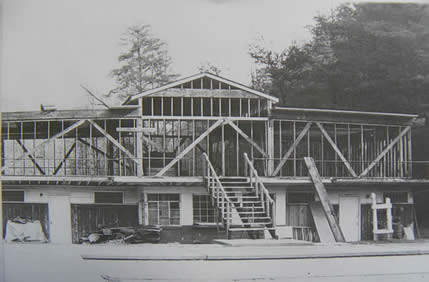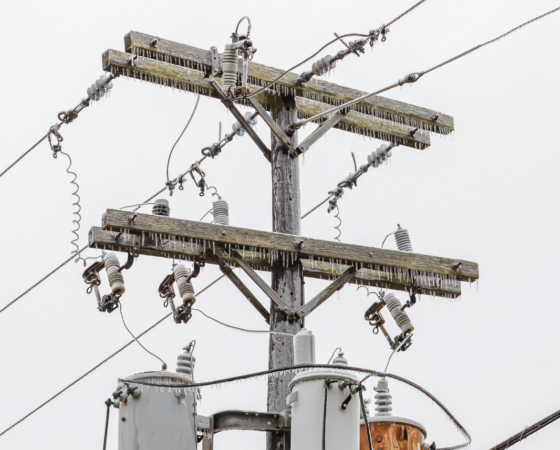There has been a lot of discussion about increasing access in rural American communities to broadband internet recently both by the federal government and by a household-known tech company — Google.
Geographical challenges of land topography are one barrier to access in rural mountain towns. Another is that sparse, low-density populations mean the lines for internet access have to travel farther to reach people.
Through the American Recovery and Reinvestment Act, commonly known as the "stimulus package,"$7.2 billion was allocated for the purpose of expanding broadband internet access to unserved and underserved communities. Some of the money, through USDA's Rural Broadband Program, is reserved specifically for rural communities. Another grant round for the money is set to close tomorrow. You can read more about it here.
Google announced in February of this year that it would begin offering high-speed internet in a few "test" rural communities. The showcase network will offer extremely fast broadband access through the use of fiber optic cables. Google hopes that the program will benefit rural communities and encourage investment in higher-speed internet throughout the country. The announcements about where the test communities are should be posted in the next few weeks, as community applications are due tomorrow – March 26th.
Technology has long offered both challenges and opportunities related to economic growth in rural areas. Many hope that better internet service will help drive job creation and connect rural areas to better services, such as enhanced medical service access through the use of telemedicine.
What do you think?





